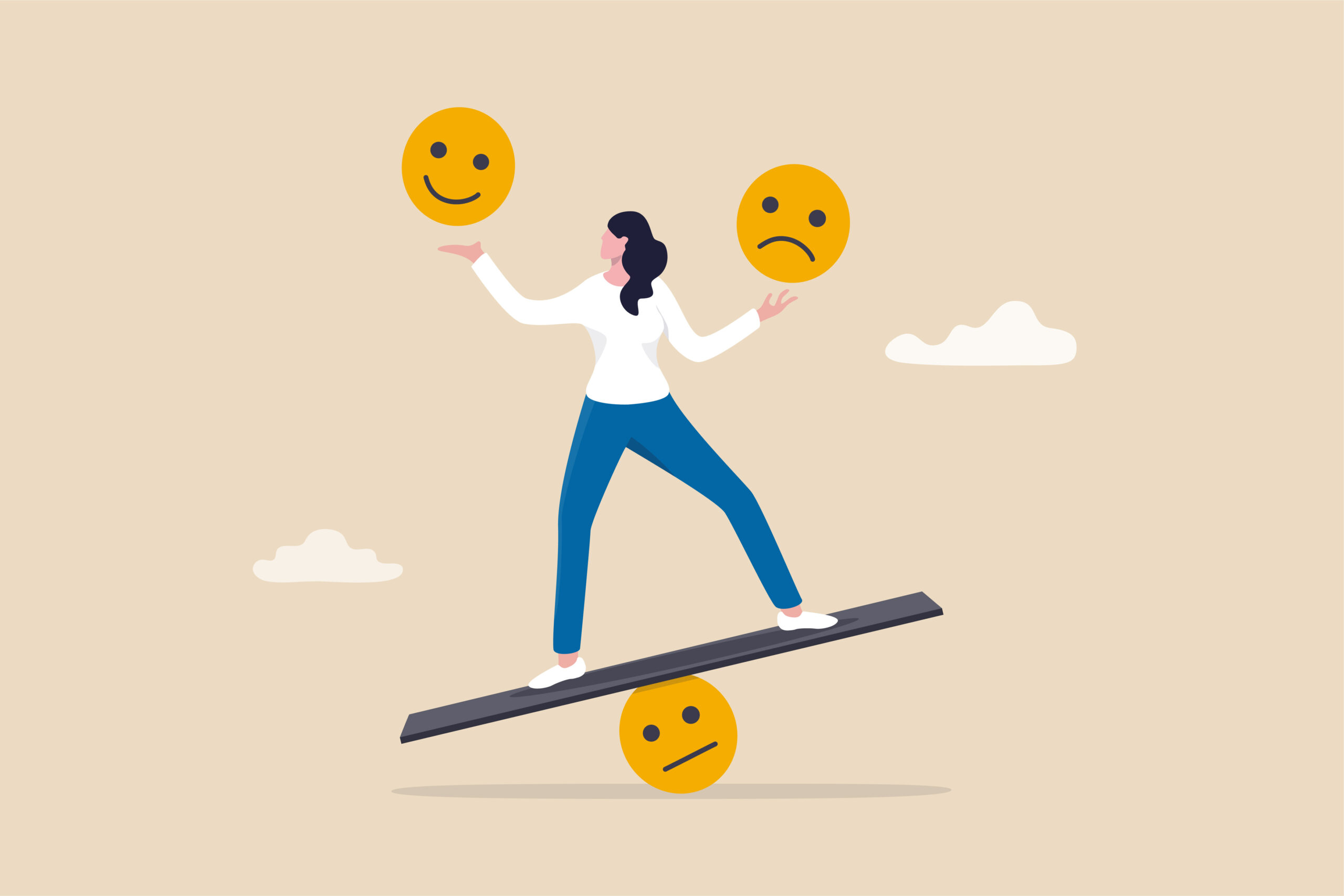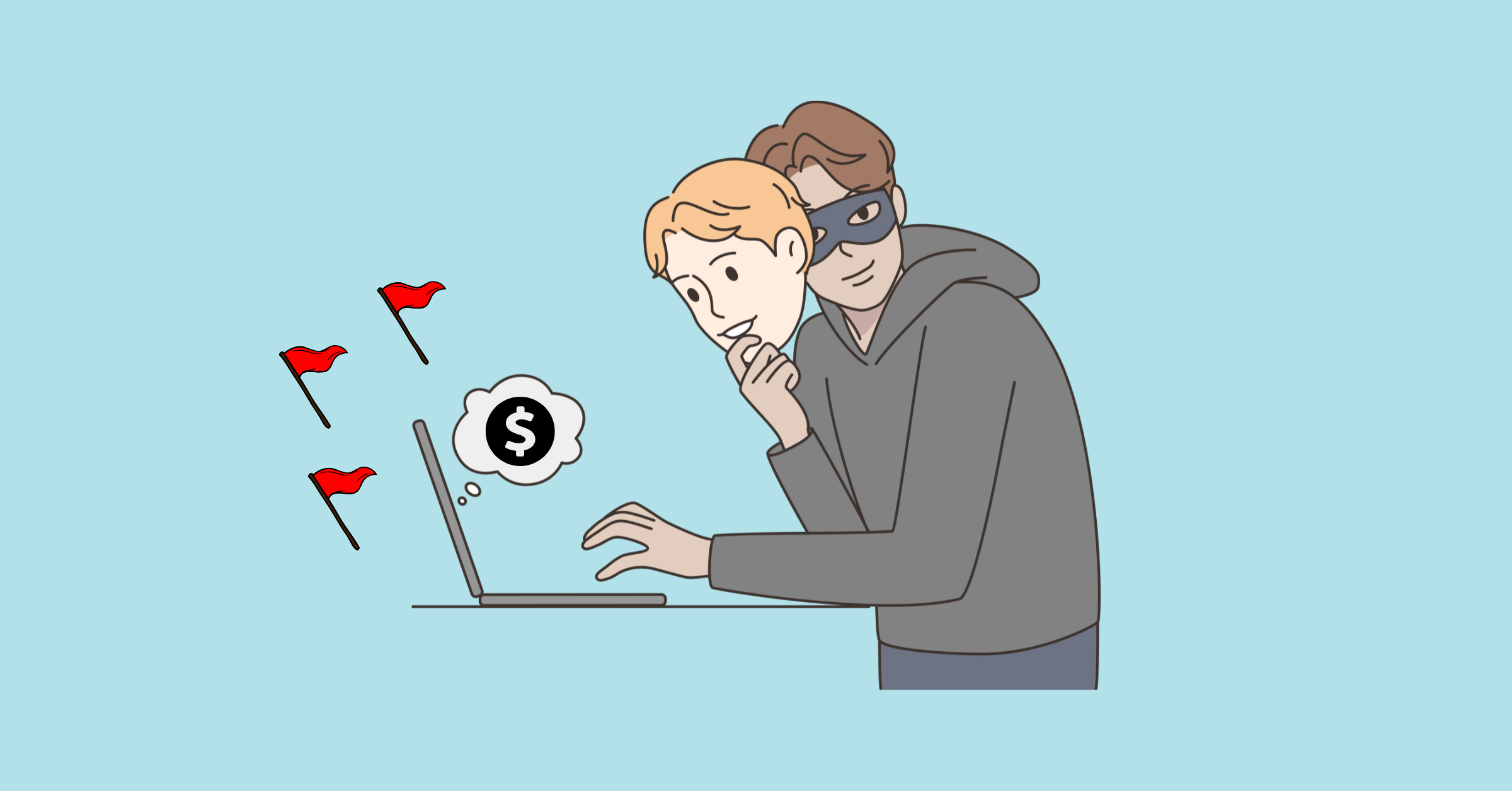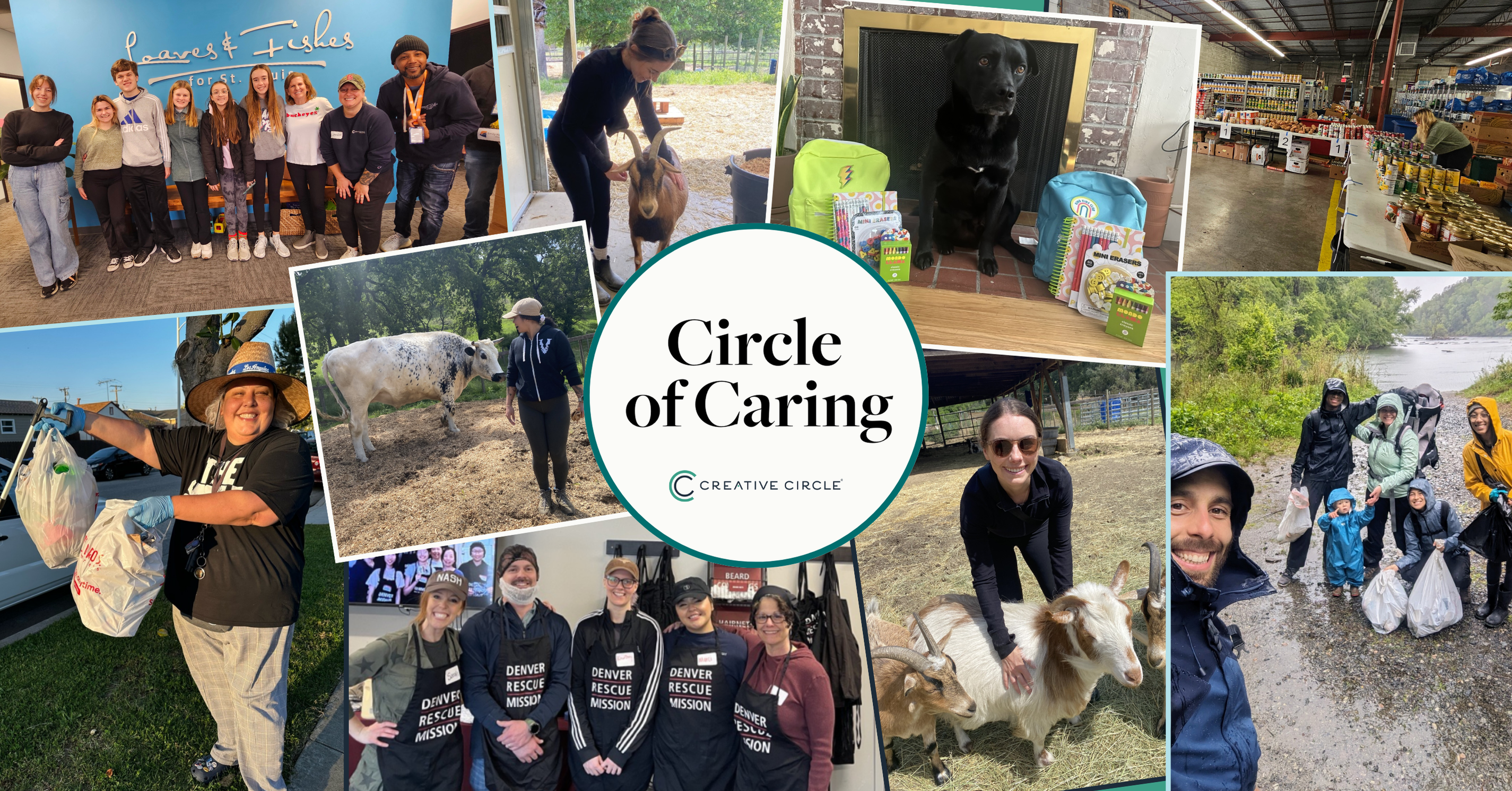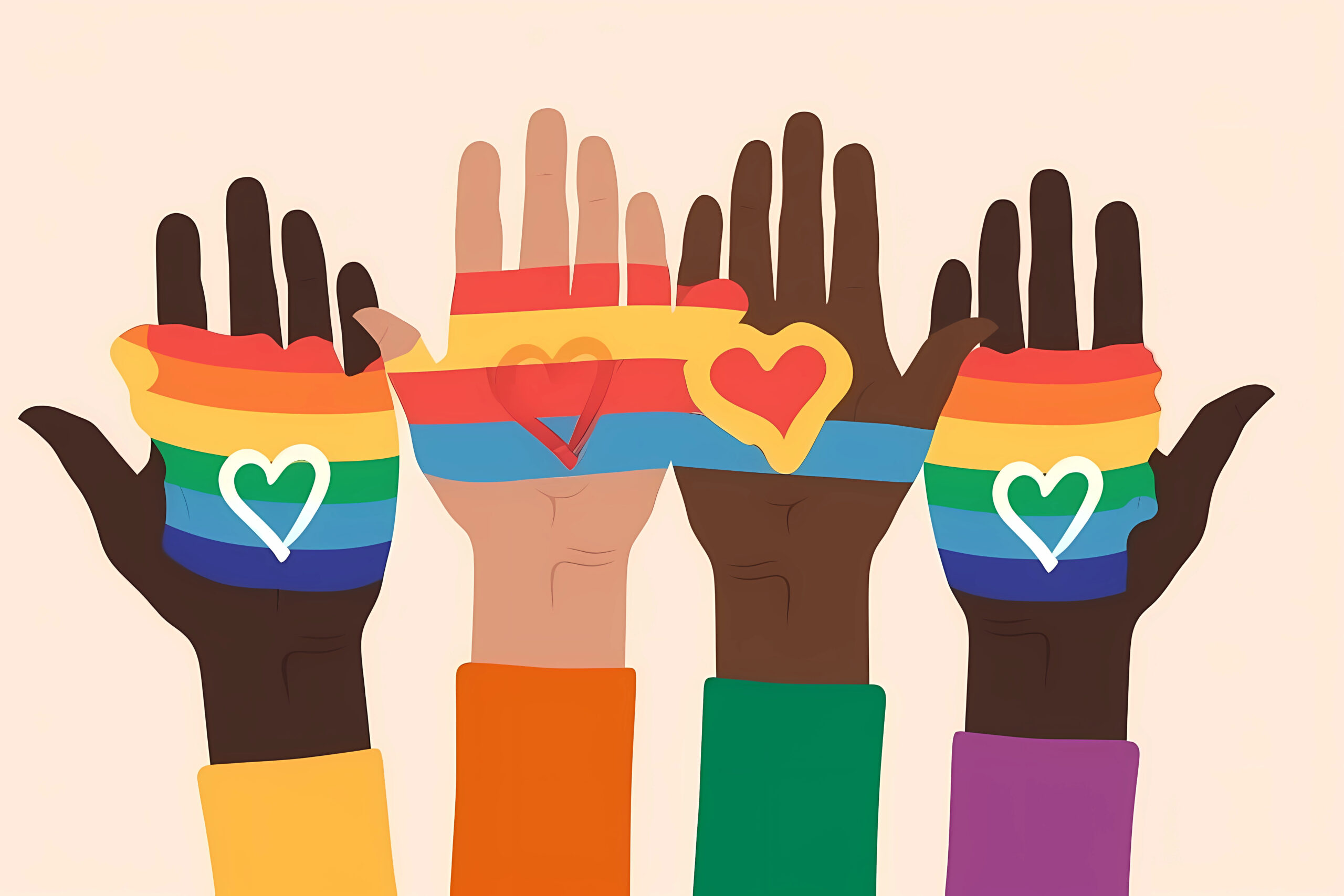During Mental Health Month, my feed was oversaturated with the same quick tips and urges for mindfulness, positivity, and gratitude. While these can be useful tools, they tell a very incomplete story and can be basically useless for anyone in any sort of real distress.
Mental health is a multifaceted, complex concept that we have turned into a simplistic buzzword because that’s how the internet rolls. Here’s what I’ve learned:
Find What Works for You
There are no cure-alls in this life. What works for some people won’t necessarily work for others. What works for you now might not work in the future.
I learned this as I healed from a concussion. I was used to relying on meditation and yoga practices as tools to manage generalized anxiety, but post- concussion, they just didn’t work for me anymore. My brain and body hurt in a way that made meditation even more stressful, and the body awareness of my yoga practice just made me feel worse. I had to find new tools. Sometimes that meant doing anything to distract myself from what I was feeling. Sometimes it meant isolating myself from my triggers (light and sound). The process labored and lingered for longer than I could have imagined, but now I’m mostly better. Not perfect, but better. It feels good enough for now.
Of course, a concussion is a physical injury that requires professional medical attention (although if you have no structural damage and ongoing symptoms, that help is extremely hard to come by and rarely covered by insurance). But the point is that when you are struggling with something, you might have to try a bunch of things before you find what helps you find peace, calm, or a reset. They might be practices, supplements (please vet these carefully as they tend to be unregulated), or medications (only seek these out under the supervision of a medical professional). There is no inherently wrong way to help yourself feel better, as long as you’re not simultaneously causing harm.
Sometimes It’s Physical: Calming the Nervous System
The autonomic nervous system (ANS) encompasses the sympathetic, parasympathetic, and enteric nervous systems. These are systems that function without our being conscious of them. To super simplify things, the sympathetic nervous system rules “fight or flight,” while the parasympathetic rules “rest and digest.” To calm our nervous system, we’ll want to activate that parasympathetic nervous system.
A lot of these practices are hyped up with the term biohacking. I’m not a huge fan of this term because it implies “quick and easy,” which, depending on where we’re at physically, mentally, and emotionally, these practices might not be. There are also all sorts of gadgets designed to help with the “hacking” part, but are definitely not necessary. (I did use some to help heal from post-concussion syndrome, but don’t know if it was time, the devices, or other therapies that did the trick. Probably a combo.) While these practices can be super helpful at regulating the nervous system and stimulating the vagus nerve which activates the parasympathetic nervous system, it’s not some sort of magic bullet cure-all for all your stress and anxiety. It can take time to use these tools well. Still, they may work quickly for some people. Here are some ways to stimulate the vagus nerve:
- Breathe
- Diaphragmatic breathing
- Longer exhales
- Laugh
- Exercise
- Interval Training
- Endurance Training
- Yoga (combine with breath)
- Music
- Humming and other vocalizations
- Singing (you can also work your diaphragm)
- Cold water
- Washing your face with cold water
- Cold showers (caution: they are not worth it if you hate them)
- Ice pack on your neck
Wading Through the Mire of Grief and Loss
While the above exercises might help you out when wading through tough times, there is no substitute for wading through the mire of grief and loss. And it can truly be a mire, a bog, an endless labyrinth with no means of escape. But for most of us, at least 90%, there is an end to the hardest part and a way to move forward.
Here are some ideas on ways to carry yourself through a loss. These may work for you at different points in your process. And remember, we experience grief in a spiral. Feeling a wave of it over something you thought you were “over” isn’t a “relapse,” it’s just your body and mind expressing the process of your own humanity. You could:
- Talk to someone. A therapist, a partner, a friend, a support group, or anyone you feel safe enough opening up to. There are hotlines if you don’t want to talk to someone you know personally.
- Collapse on the floor and cry.
- Write or draw it out. Creative expression is a beautiful way to process grief. Don’t be afraid of letting it get dark. There is magic there.
- Create meaning. I don’t believe that everything happens for a reason, but I do believe we can create meaning out of tragic circumstances. (I discuss this and other spiritual jargon in-depth here).
- Remember to eat, sleep, and move your body. It may not make you feel better, but it could prevent you from feeling even worse. Similarly, don’t beat yourself up if that is not something you’re capable of at the moment.
What if you’re trying to help someone who is moving through grief and loss?
- Validate their feelings and listen.
- Do not try to minimize or compare their loss.
- Offer tangible help like household chores, getting food, or helping with errands.
- Check in and keep them included.
Where Is It Coming From? Exploring Locus Of Control
When someone comes to me because they’re struggling with their feelings and wondering what is wrong with them, I ask one very important question:
Are you having a mental health issue, or are you having a normal response to your circumstances?
While studies show having an internal locus of control or seeing yourself as the master of your fate is associated with higher resilience, recognizing when your feelings are a product of your circumstances can help you sort them out and make changes where possible. Your anger and frustration and sadness is not a problem; it’s an indicator. That’s a big part of therapy — figuring out where those threads come from. Is it about what’s happening right now, or is something from your past making you react more intensely to this circumstance?
I want to acknowledge that while therapy is becoming more accessible for some, it still isn’t for many.
The Community Solution
The one great balm we can all rely on, however, seems to be community, and maybe that’s another reason we’re living in an increasingly stressed, anxious, and depressed world. Our communities are fractured as a result of work schedules, ways of life, and geography. But building upon any foundation we might have can be a huge help.
According to group psychotherapists Irving Yalom and Malov Leszcz in The Theory and Practice of Group Psychotherapy, ”we are built for connection, and nothing is more important to our well-being and health than deep and meaningful relatedness.” In fact, it’s more than our mental health at stake here. Physical health is deeply connected to social connection. Yalom and Leszcz cite: “Social isolation is as much a risk factor for early mortality as such obvious factors as smoking and obesity.”
Developing community takes time. If you’re feeling isolated, here are some places you can start:
- Check in on your local friends
- Try a Meet Up group
- Join a local running or book club
- Volunteer with a community center or clean up initiatives
- If your friends and family are far, set up a recurring phone call to catch up
- Find a creative outlet class like drawing, dancing, or improv
Remember, There Are No True Quick Fixes
None of these are tips or tricks. They are tools that may or may not work for you. Some may help a lot at first and then plateau. Some may take a while to have any effect at all and then pay dividends. Some may have worked in the past but don’t anymore.
There are people out there who can help, from friends to professionals if you need them. You are not alone in this uncertain place.
If you need immediate assistance, you can reach the National Suicide Prevention Lifeline at 800-273-8255.
About the author.
Alessandra is your friendly neighborhood writer, coach, and facilitator with a varied history of experience from digital agencies and corporations to yoga studios and gyms. Her expertise and interests range from fitness and wellness to self-care and personal development to intersectionality and justice to science and creative cultivation. She has worked on and off with Creative Circle since 2014, originally as an NYC recruiter, later as an internal sourcer, and currently as a community wellness and culture specialist as well as a contributing writer for this here blog. You can find up-to-date offerings or sign up for her newsletter at alessandracalderin.com.



